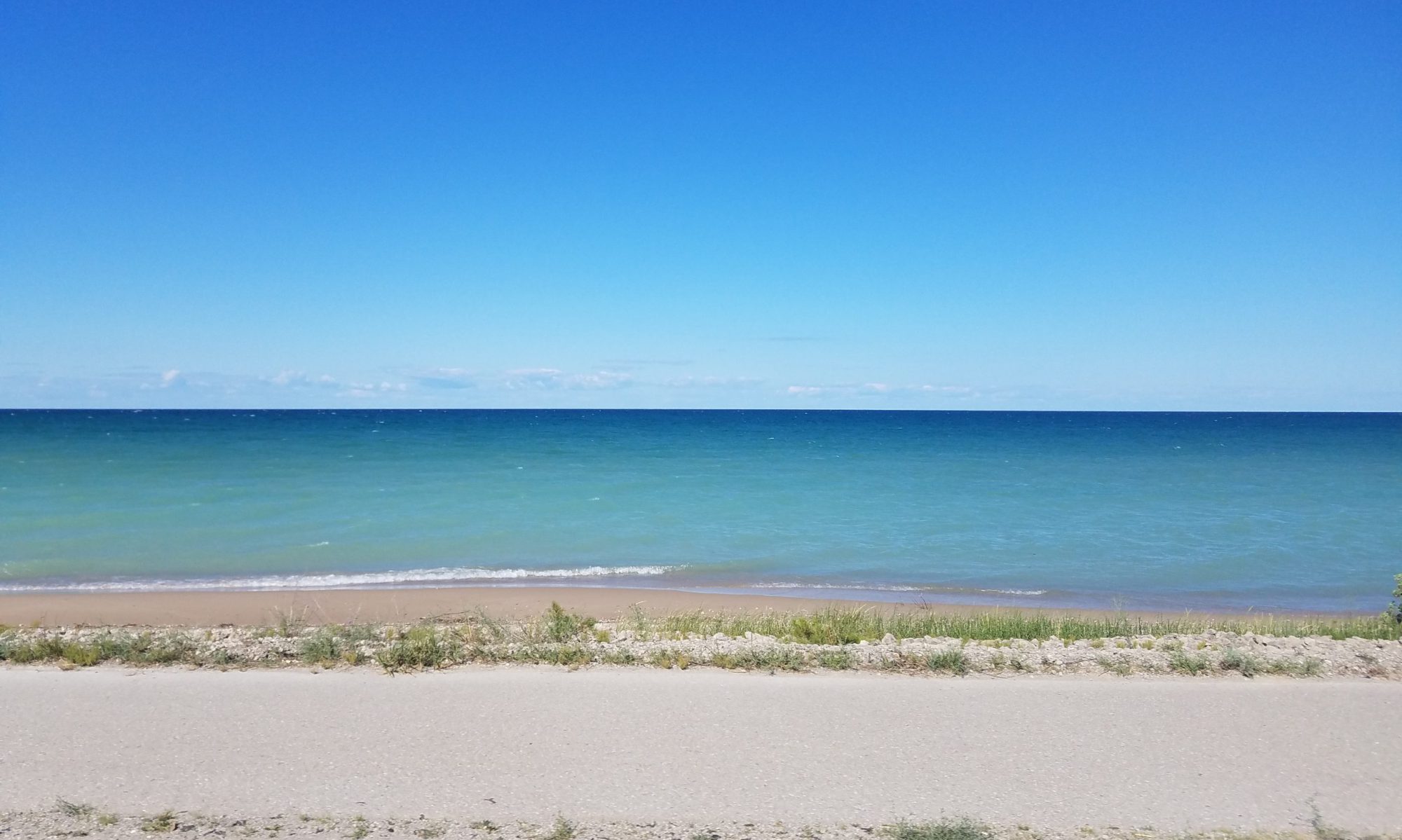The Great Lakes and Ohio River Division (LRD) of the U.S. Army Corps of Engineers operates and maintains the U.S. portion of the Great Lakes Navigation System (GLNS) consisting of 139 projects (63 commercial and 76 shallow-draft), including three lock complexes, 104 miles of navigation structures, and over 600 miles of maintained navigation channels. The GLNS is a complex deepwater navigation system stretching 1,600 miles through all five Great Lake and connecting channels from Duluth, Minnesota to Ogdensburg, New York. In 2006, approximately 173 million tons of commodities were transported to and from U.S. ports located on the waterways of the Great Lakes system. It is a non-linear system on interdependent locks, ports, harbors, navigational channels, dredged material disposal facilities, and navigation structures. The GLNS provides an estimated transportation rate savings benefit of $3.6 billion per year. Waterborne commerce is the most environmentally friendly and safest form of transportation of bulk commodities, producing lower emissions as well as lower damages to property and a reduction in fatal and non-fatal injuries when compared to transportation by truck or rail. A recent study concluded that pollution abatement savings resulting from the continued usage of the GLNS exceed $350 million annually.
In contrast to the Western U.S., many climate change models predict increased precipitation in the Great Lakes region. This increased precipitation (and runoff), coupled with warmer temperatures, has the potential to significantly affect sediment production and transport in Great Lakes rivers, increasing the loadings to federal harbors that already have a large dredging backlog. Additionally, a number of future climate scenarios predict lower water levels in the Great Lakes, which would further exacerbate the impacts on harbors. This project will look at two federal harbors in the Great Lakes and their watersheds in order to examine potential impacts. The information gained from this work is expected to allow the Corps to make qualitative comparisons with current dredging requirements at most of the federal harbors in the Great Lakes.
This study will specifically look at the St. Joseph River (located in Michigan and Indiana), which enters Lake Michigan through Detroit District’s St. Joseph Harbor, and the Maumee River (located in Ohio), which enters Lake Erie through Buffalo District’s Toledo Harbor. These harbors were selected both because of their sizable dredging requirements and the existence of sediment production and transport models that can be fed new climate scenarios.
Sediment models for these two watersheds have been produced under previous Corps of Engineers tributary modeling studies. This project will also utilize information on climate change specific to the Great Lakes that has been produced for the International Upper Great Lakes Study by scientists from NOAA’s Great Lakes Environmental Research Laboratory and Environment Canada. Additional hydrology models for the two watersheds are also available from Michigan State University.

